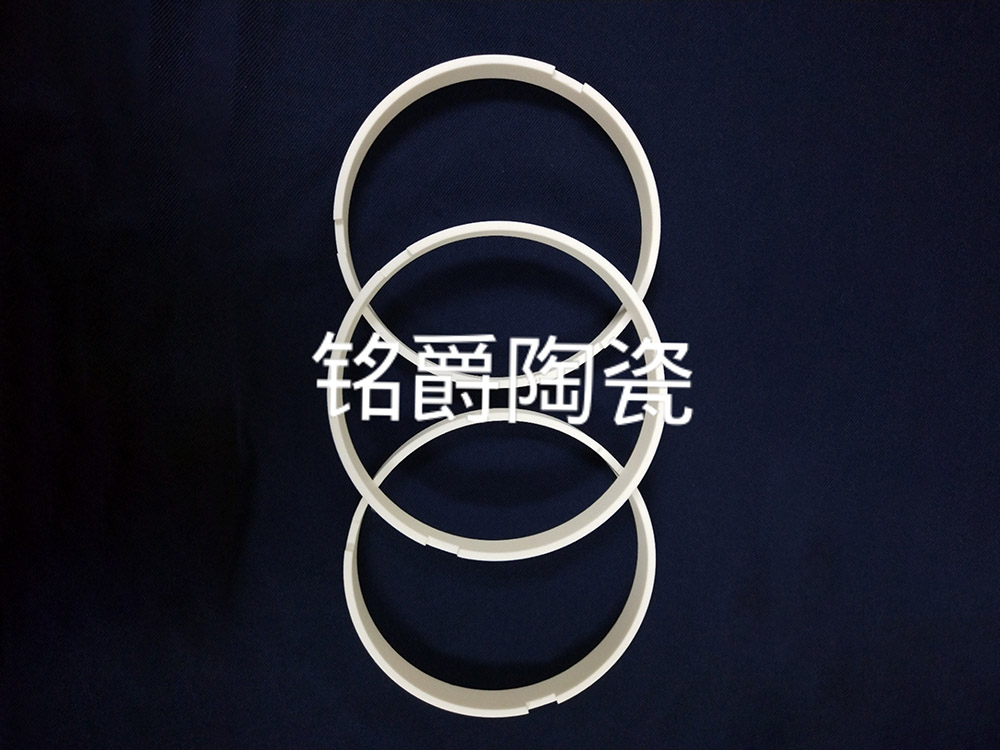Usually, the microstructures of alumina ceramics are equiaxed grains, which are polycrystalline structures composed of ionic bonds or covalent bonds. Therefore, the fracture toughness of alumina ceramics is low. Under the action of external loads, the stress will cause micro-cracks on the surface of ceramics, while the cracks will rapidly expand and brittle fracture will occur. Therefore, in alumina ceramics, the fracture toughness is low. In the process of ceramic cutting, the phenomenon of cracking often occurs, that is, small cracks appear on the surface of ceramics. The causes of collapse and exemption are.< br />
(1) The final separation of the cut part and the machined surface is caused by tensile failure, which is not the result of normal cutting.
(2) Cracks caused by disintegration cutting deformation generally crack downward along the workpiece surface. At this time, due to the cutting tension stress, the cutting and the bonded workpiece matrix will be peeled off together to form the disintegration phenomenon. It should be noted that the larger the tension stress, the more serious the collapse phenomenon, which may lead to the waste of the whole workpiece.


 Hotline:
Hotline: 
 Contact: Miss Li / +86 13332686959
Contact: Miss Li / +86 13332686959 Contact: Mr Li / +86 13316634021
Contact: Mr Li / +86 13316634021
 Consultant: Mr. Lin / 13532935121
Consultant: Mr. Lin / 13532935121
 Mail Box: 29384242801@qq.com
Mail Box: 29384242801@qq.com
 Fax: +86 0769-81587969
Fax: +86 0769-81587969
 Website: en.dgmjtc.com
Website: en.dgmjtc.com
 Add: No. 9, Xingfa South Road, Chang'an, Wusha Community, Chang'an Town,
Add: No. 9, Xingfa South Road, Chang'an, Wusha Community, Chang'an Town, Scan it
Scan it